Mastering Planetary Ball Milling for Advanced Material Innovation
California Nanotechnologies, based in Cerritos, California, is an industry-leading provider of advanced milling, sintering, and material development services. Leveraging state-of-the-art planetary ball milling capabilities, Cal Nano enables clients across aerospace, energy, healthcare, electronics, and advanced manufacturing to achieve nanoscale precision in powders and composites.
What Is Planetary Ball Milling?
Planetary ball milling is a high‑energy milling technique designed to grind, mix, and mechanically alloy materials into ultra‑fine powders. In a planetary ball mill, one or more grinding jars containing material and grinding media spin on their own axes while also orbiting a central “sun” wheel. This dual‑motion generates intense centrifugal, impact, and shear forces, enabling efficient size reduction and homogenization.
Each jar rotates in the opposite direction to the sun wheel, so the grinding balls strike and shear the material repeatedly. This repeated action breaks particles down to nanoscale dimensions and ensures uniform mixing. Key parameters like speed, milling time, ball size, and ball-to-material ratio can be tightly controlled to tailor outcomes.
Cal Nano’s Expertise in Planetary Ball Milling
Cal Nano has positioned itself as an expert in planetary ball milling services, offering:
- Material pulverization into fine powders
- Mechanical alloying to form nanostructured or metastable alloys
- Solid‑state chemical synthesis, enabling mechanochemical reactions without solvents
- Composite blending and homogenization for nanocomposite fabrication
They combine planetary milling with other advanced techniques such as cryomilling and Spark Plasma Sintering (SPS) to offer hybrid, tailored solutions.
Why Planetary Ball Milling Matters
This technique offers several advantages that make it indispensable for aggressive and precise material processing:
- Ultra‑fine particle sizes: Capable of producing powders down to tens of nanometers.
- Versatility: Suitable for hard, brittle, fibrous, or wet materials, and adaptable to both dry or wet milling modes.
- Controlled reproducibility: Users can tailor milling conditions—time, speed, ball size, media—to achieve consistent, uniform outcomes.
- Efficient mechanical energy input: Produces impact and shear forces ideal for alloying, mixing, synthesis, and size reduction.
However, challenges include heat generation (which can affect heat-sensitive materials) and potential contamination from wear of grinding media if not carefully managed. Cal Nano addresses these through process controls and choice of media/geometries.
Cryomilling & Planetary Milling: Complementary Tools
Cal Nano also offers cryomilling, in which materials are milled at cryogenic temperatures using liquid nitrogen to preserve material integrity, prevent oxidation, and aid size reduction for ductile or reactive materials.
Whereas planetary milling uses high-energy impacts at ambient temperatures, cryomilling makes materials brittle before milling to reduce heat-related risk. Depending on the application—e.g. reactive alloys, APIs, polymers—Cal Nano decides whether cryomilling, planetary ball milling, or a hybrid workflow should be used.
Industries & Applications Served
Cal Nano’s planetary ball milling capabilities support a wide range of high‑tech sectors:
Aerospace & Defense
- Development of lightweight alloys or composites with enhanced strength-to‑weight ratios and improved thermal or wear resistance.
- Creation of nanocomposite powders for components used in challenging environments.
Automotive & Energy
- Nano‑enhanced powders for battery electrodes, capacitor materials, and energy storage devices.
- Mechanical alloying to enable high‑performance materials in motors or fuel systems.
Electronics & Semiconductors
- Production of nanoparticles, conductive inks, capacitors, dielectric powders, and quantum dots.
- Solid-state mechanochemical synthesis of semiconductor materials like TiO₂, ZnO, CdS, and ZnS.
Pharmaceuticals & Healthcare
- Milling of active pharmaceutical ingredients (APIs) to improve solubility, bioavailability, or controlled release.
Nanostructured powders for drug delivery systems, scaffolds, and medical implants.
Additive Manufacturing & Ceramics
- Preparation of ceramic powders (e.g. alumina, zirconia) with uniform grain size and doping dispersion.
- Mechanical alloying of metal powders for 3D printing and sintering processes.
Synergy with Complementary Services
Cal Nano integrates planetary ball milling into a broader materials engineering workflow. Their in‑house services include:
- Spark Plasma Sintering (SPS/FAST) for rapid consolidation under pressure and heat—useful post‑milling to convert powders to dense parts.
- Material testing and analysis, such as particle size measurement, mechanical testing, prototyping, and SEM imaging.
- Tooling fabrication and R&D to accelerate development workflows from proof-of-concept to pilot-scale production.
Cal Nano’s flexibility in spanning laboratory-scale R&D to pilot production gives customers access to streamlined pipelines—from raw material to finished prototype or high-performance part.
Case in Point: Innovation and Precision
From their tech briefs and news updates, Cal Nano has showcased applications that span mechanical alloying, novel nanocomposites, electrolyte materials, and aerospace-grade powders. Their expertise ensures clients can develop materials that meet strict performance thresholds, especially in rigorous sectors such as space, nuclear, and high-end sports engineering.
Clients like Ambri (liquid metal batteries), Sandia National Labs, and UC Irvine have lauded Cal Nano for rapid turnaround, precise control, and collaborative problem-solving. These partnerships reflect the company’s ability to meet demanding material specs and accelerate innovation.
Choosing Cal Nano for Planetary Ball Milling Services
Key reasons why clients opt for Cal Nano include:
- Experienced team: Deep know‑how in setting up milling conditions, media selection, contamination control, and scaling protocols.
- Custom process design: Tailoring ball milling parameters to match material types—metals, ceramics, polymers, or pharmaceuticals.
- Full-service integration: Planetary ball milling combined with cryomilling, SPS sintering, analysis, and prototyping in one facility.
- Quality controls and reproducibility: Tight control over parameters yields repeatable, reliable results across batches.
Final Thoughts
In the dynamic landscape of advanced materials innovation, planetary ball milling remains a cornerstone technique for delivering nano‑engineered powders with precise size, composition, and uniformity. California Nanotechnologies stands out as a premier provider in this space: combining top-tier milling equipment, process expertise, and integrated services to support clients from research through pilot production.
Whether you’re developing nanoparticles for next‑gen electronics, improved alloys for aerospace, or finely milled drug powders, Cal Nano’s planetary ball milling, backed by rigorous analytics and complementary technologies, delivers the precision and performance today’s high‑tech industries demand.
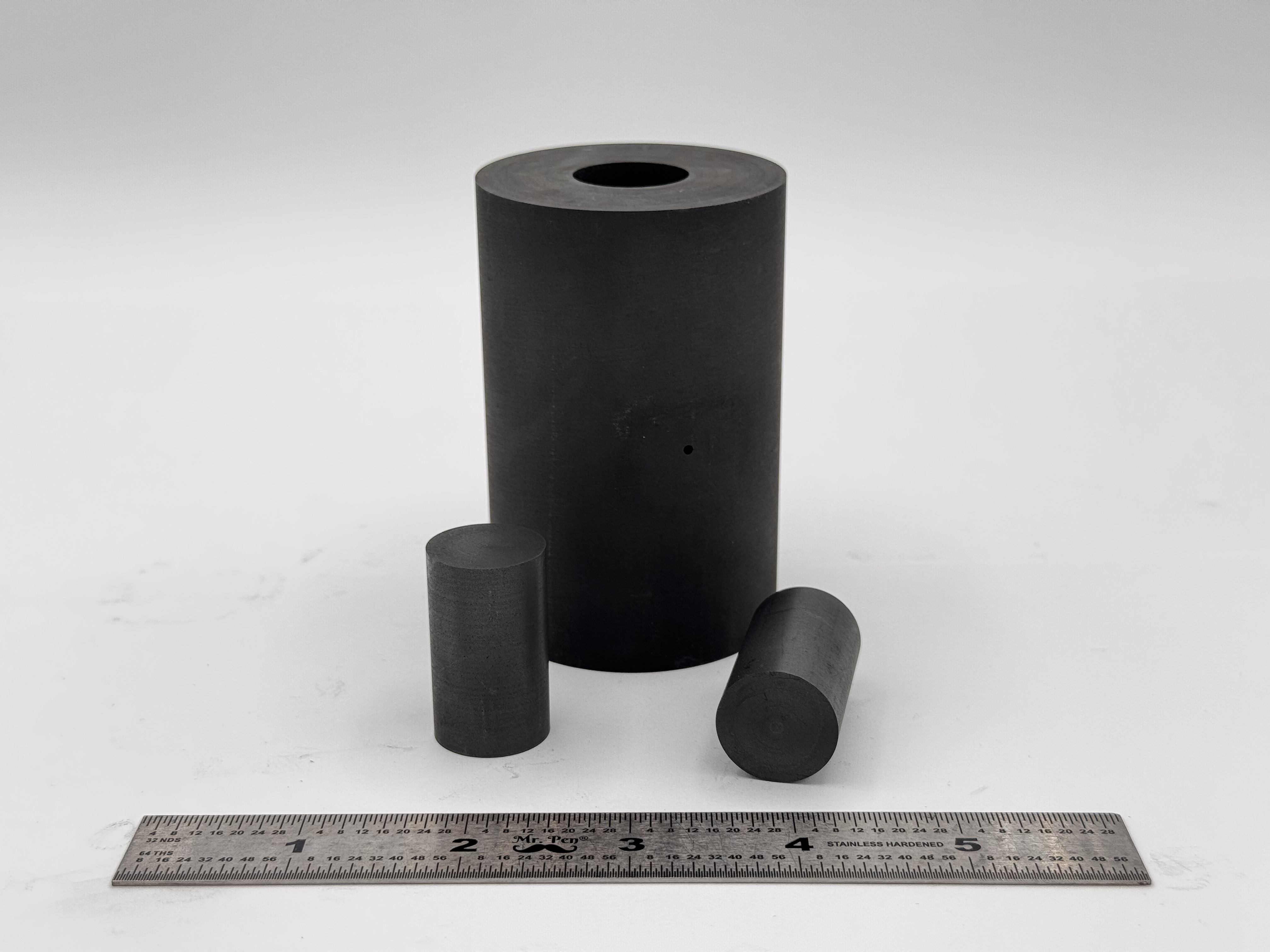 High Strength SPS Graphite Tooling
High Strength SPS Graphite Tooling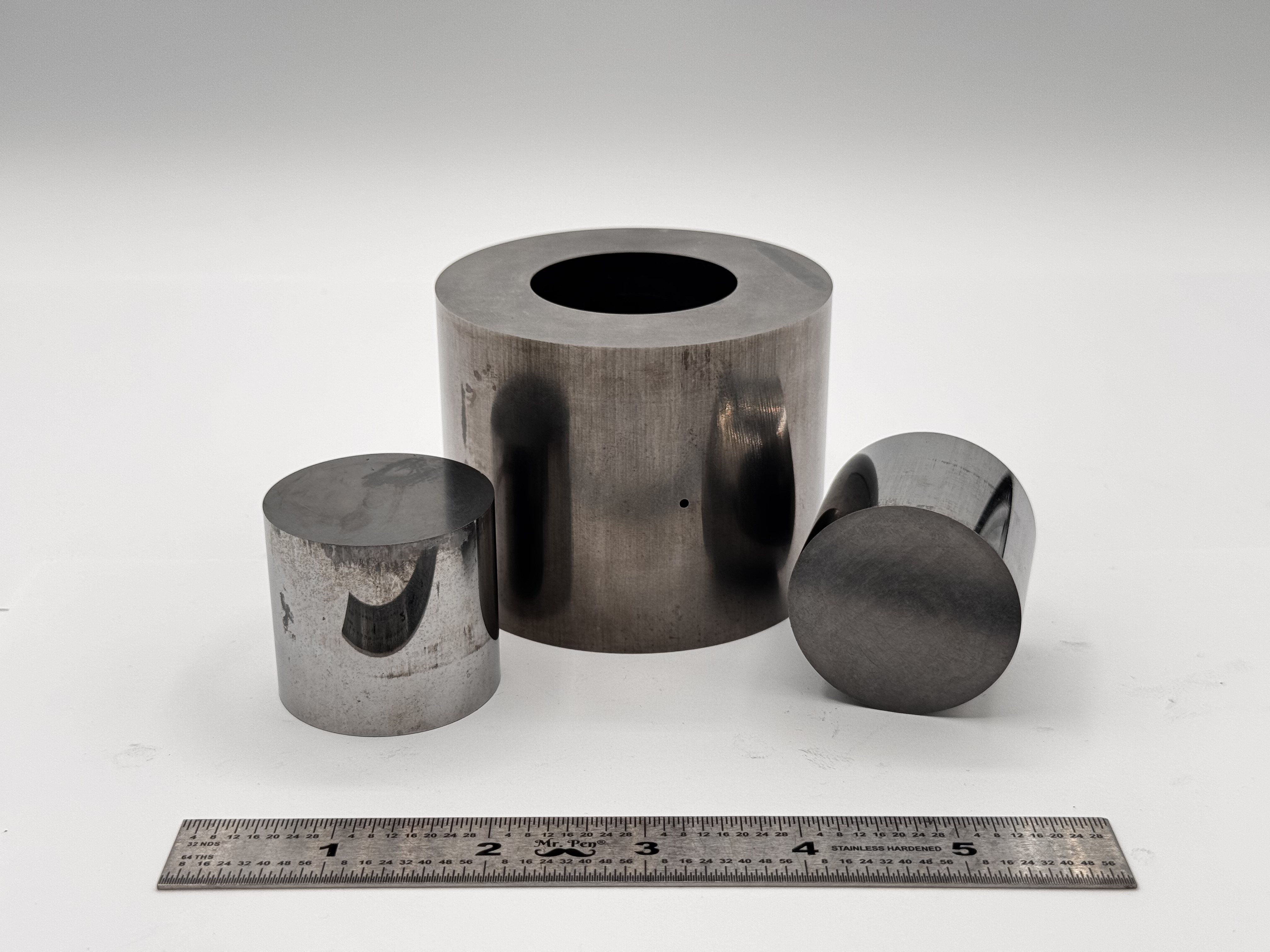 Tungsten Carbide Tooling
Tungsten Carbide Tooling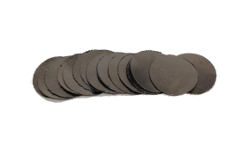 Carbon Graphite Foil / Paper
Carbon Graphite Foil / Paper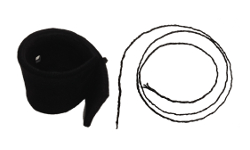 Carbon Felt and Yarn
Carbon Felt and Yarn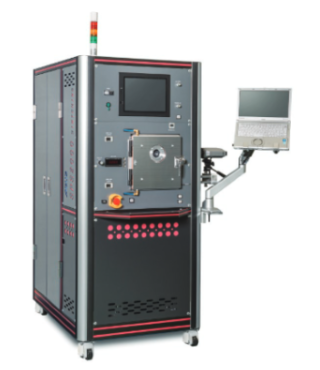 Spark Plasma Sintering Systems
Spark Plasma Sintering Systems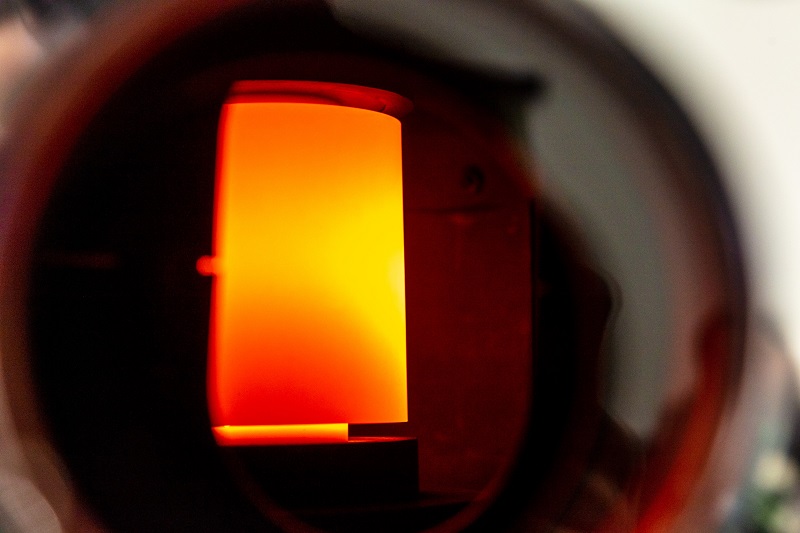 SPS/FAST Modeling Software
SPS/FAST Modeling Software